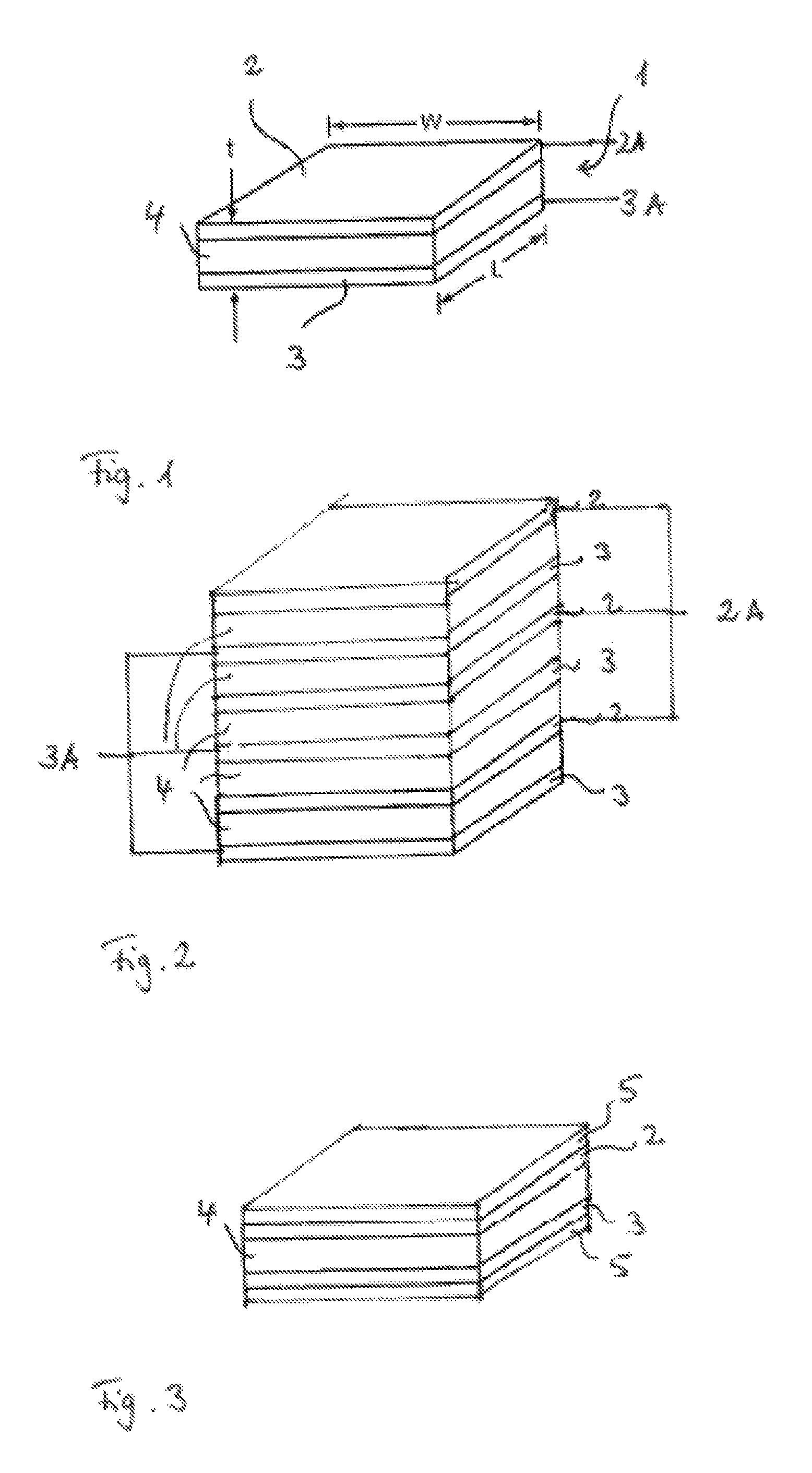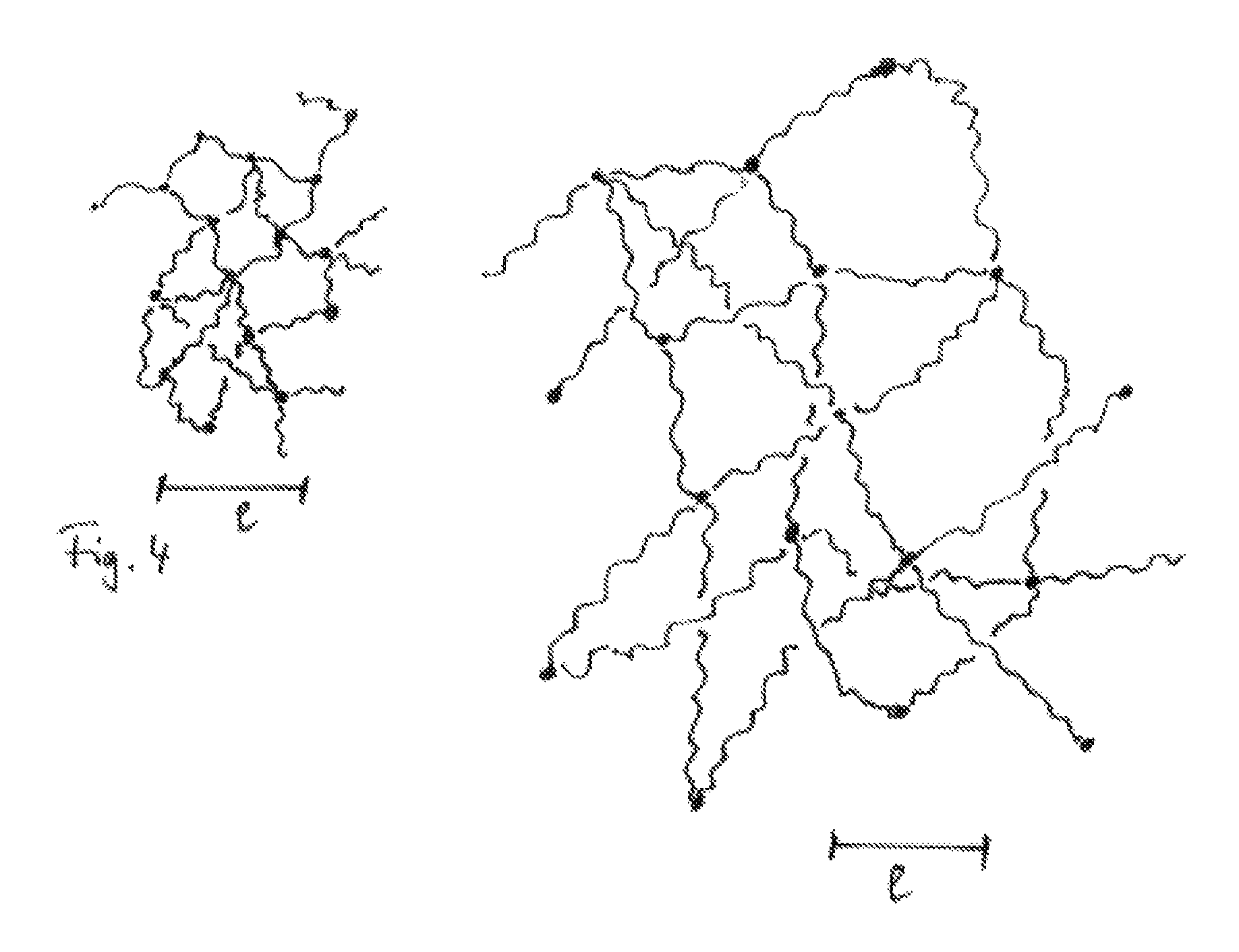Fluorosilicone-based dielectric elastomer and method for its production
a technology of fluorosilicone and dielectric elastomer, which is applied in the direction of device material selection, application, device details, etc., can solve the problems that the mechanical properties of known materials are unfavorable for use in dielectric elastomers, and achieves high modulus of elasticity, increased dielectric permittivity, and high actuator elongation
- Summary
- Abstract
- Description
- Claims
- Application Information
AI Technical Summary
Benefits of technology
Problems solved by technology
Method used
Image
Examples
example 1
Material Example 1
[0053]Fluorinated divinyl(polysiloxane) copolymer (49.71 g) whose silicon atoms carry partially trifluoropropyl groups and partially methyl groups was mixed with 0.24 g of trifluoropropyl tris(dimethylsiloxy)silane and 45 g of fluorinated silicone oil whose silicon atoms also carry partially trifluoropropyl groups and partially methyl groups and that has a viscosity in the range of approximately 100 mm2 / s, in the presence of Karstedt catalyst with the aid of a centrifugal mixer. For producing an elastomer film with defined layer thickness, this fluorinated silicone mixture was applied with the aid of a gap-type doctor blade (squeegee) on a planar substrate as a uniform film. By heating with an infrared radiator the silicone film was crosslinked.
[0054]The modulus of elasticity of the obtained film was determined by a tensile elongation measurement. FIG. 5 shows the modules of elasticity of the film (curve “fluorosilicone”). At the beginning of the measurement, the m...
example 2
Material Example 2
[0055]Example 1 was repeated with the proviso that instead of 45 g of fluorinated silicone oil trifluoropropyl bis(dimethylsiloxy)silane was used in a quantity that is equimolar to that of divinyl(polysiloxane) copolymer.
example 3
Material Example 3
[0056]Example 1 was repeated with the proviso that in addition to the fluorinated silicone oil trifluoropropyl bis(dimethylsiloxy)silane was used in a quantity that is equimolar to that of divinyl(polysiloxane) copolymer.
PUM
| Property | Measurement | Unit |
|---|---|---|
| Young's modulus | aaaaa | aaaaa |
| elongation | aaaaa | aaaaa |
| thickness | aaaaa | aaaaa |
Abstract
Description
Claims
Application Information
 Login to View More
Login to View More - R&D
- Intellectual Property
- Life Sciences
- Materials
- Tech Scout
- Unparalleled Data Quality
- Higher Quality Content
- 60% Fewer Hallucinations
Browse by: Latest US Patents, China's latest patents, Technical Efficacy Thesaurus, Application Domain, Technology Topic, Popular Technical Reports.
© 2025 PatSnap. All rights reserved.Legal|Privacy policy|Modern Slavery Act Transparency Statement|Sitemap|About US| Contact US: help@patsnap.com



